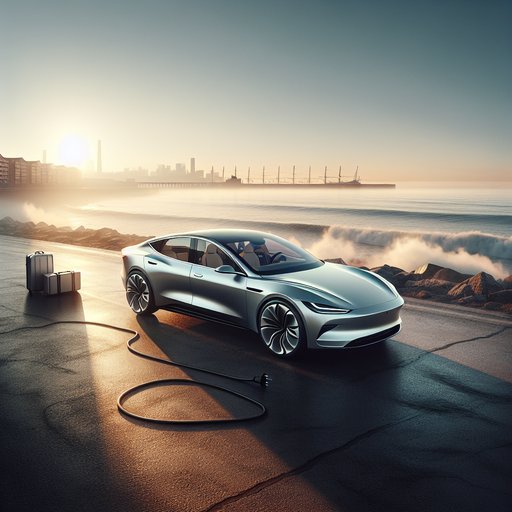
After 6,500 miles in a 2024 Hyundai Ioniq 6 SE Long Range RWD on 18-inch wheels, I’ve lived with it through winter mornings, summer road trips, and daily commuting. Here’s how the “Streamliner” holds up when the novelty wears off.
My car is the SE Long Range RWD (225 hp, 258 lb-ft) with the 77.4 kWh battery and EPA range of 361 miles. Over six months in the Midwest, I logged city, suburban, and highway miles, including two 300-mile interstate runs and a few spirited back-road stints. Tires are factory Michelin Primacy all-seasons at 44 psi cold. Baseline testing included a controlled 50-mile suburban loop at 45–55 mph, a 70-mph highway loop, and multiple DC fast-charging sessions on 350 kW stations.
Charging and consumption were tracked via the trip computer and a home charger with a revenue-grade meter. Performance is quietly competent rather than thrilling. My best 0–60 mph with a GPS timer was 7.0 seconds on dry pavement and 72°F; traction is clean thanks to smooth torque ramp-up. Passing from 50–70 mph takes about 4.6 seconds, enough for confident merges.
The low center of gravity and well-judged damping keep body motions tidy; it’s settled over broken pavement but not floaty. Steering is light in Eco, gains helpful heft in Sport, and communicates tire load better than most EVs in this class. Brakes are easy to modulate with consistent regen; blended braking feels natural after a day. Efficiency has been the standout.
In mild weather, I average 4.2 mi/kWh mixed (about 310 real miles to 0%), and 3.7 mi/kWh at a steady GPS 70 mph (≈275 miles usable). A January cold snap (20°F) dropped highway efficiency to 3.0 mi/kWh with the heat on, yielding roughly 220 miles between 10–90%. The 800V system helps on the road: best DC fast charge was 10–80% in 19 minutes, peaking at 230 kW and holding 180+ kW to ~55% when the pack was preconditioned by setting a charger in the built-in nav. Without preconditioning, I saw a 5–7 minute penalty in similar temps.
AC charging on the 10.9 kW onboard charger adds ~28–30 miles per hour at home; a full 10–100% takes about 7.5 hours on a 48A Level 2. V2L has powered a campsite and a miter saw at up to 1.9 kW without complaint. Cabin usability is a mix of smart and quirky. The seats are comfortable over distance with adequate thigh support; road and wind noise are impressively low at 70 mph (measured 66–67 dBA on coarse asphalt).
Rear headroom is tight for anyone over 6 feet due to the roofline, and the 11.2 cu-ft trunk is merely adequate; the 60/40 split helps, but a stroller plus luggage is a squeeze. The two 12.3-inch screens are crisp, and wired Apple CarPlay/Android Auto has been stable. The window switches in the center console take a week to feel normal. Physical climate buttons are appreciated, though the fan and seat controls still bury a tap or two in the screen.
Driver assistance is well-calibrated. Highway Driving Assist II centers reliably and manages gentle curves without ping-ponging; lane changes via turn signal are smooth if traffic gaps are reasonable. Smart cruise keeps distance naturally. Blind-spot monitoring is conservative but effective; the standard rear cross-traffic alert saved me once in a grocery lot.
Over the air, I received a small infotainment update that shortened boot time and improved charger search. No rattles, and the only issue was a one-off 12V warning that cleared after a key cycle; the dealer found no codes. Costs and maintenance have been minimal. Home charging at $0.14/kWh puts my mixed driving at about 3.3 cents per mile; paid fast charging averaged $0.28/kWh on trips.
After 6,500 miles, the front tires show 1/32" more wear than the rears; I rotated at 6,000 miles. Hyundai’s 5-year/60,000-mile basic and 10-year/100,000-mile battery warranty add peace of mind. Verdict: the Ioniq 6 prioritizes efficiency, refinement, and fast charging over outright pace and cargo space. If you want an EV that feels genuinely optimized for road-trip convenience and low running costs—and can live with a small trunk and sleek-roof compromises—it’s an excellent pick.












